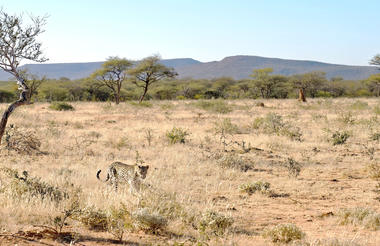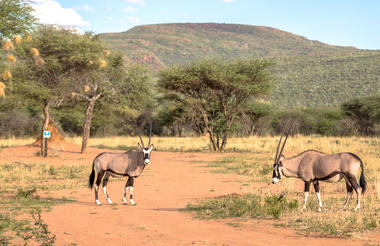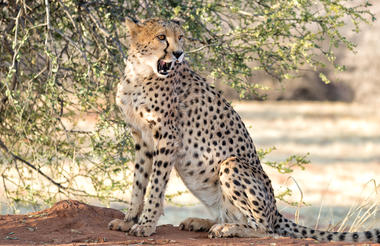Namibia posesses some of the most stunning landscapes in Africa, and a trip through the country is one of the great road adventures. Natural wonders such as that mighty gash in the earth at Fish River Canyon and the wildlife utopia of Etosha National Park enthrall, but it’s the lonely desert roads where mighty slabs of granite rise out of swirling desert sands that will sear themselves in your mind. It’s like a coffee-table book come to life as sand dunes in the world’s oldest desert meet the crashing rollers along the wild Atlantic coast. Among all this is a German legacy evident in the cuisine and art nouveau architecture, and in festivals such as Windhoek’s legendary Oktoberfest. Namibia is also the headquarters of adventure activities in the region, so whether you’re a dreamer or love hearing the crunch of earth under your boots, travel in Namibia will stay with you long after the desert vistas fade.
Windhoek is Namibia’s capital, home to an international airport and a plethora of restaurants, shops, entertainment venues and accommodation options. The city is clean, safe and well-organised, with a colonial legacy that is reflected in its many German eateries and shops, and the widespread use of the German language. Windhoek has an interesting mix of historical architecture and modern buildings, many of which are worth a look, including the Alte Feste (Old Fort), the 1896 Christuskirche (Christ Church), and the more contemporary Supreme Court.
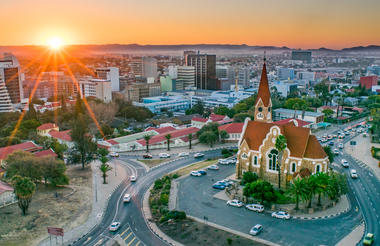
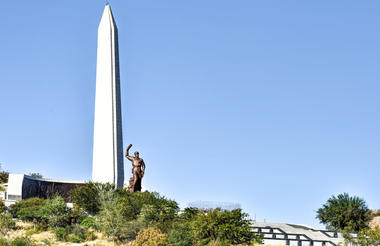
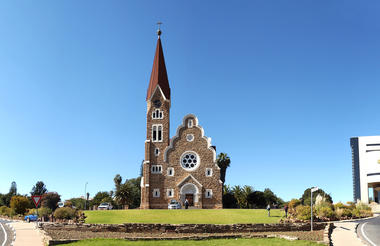
The Kalahari is an exceptionally beautiful living desert a large semi-arid sandy savannah draped over a gently rolling inland sea of sand covering most of Botswana and large parts of Namibia and South Africa. It is also the last bastion of the San people with the modern world having enveloped all the other areas they once roamed. Here in Namibia it is typically red sands covered in thin, wispy, mostly golden grass and dotted with acacia trees and wide ranging wildlife including gemsbok, impala, jackals and cheetah.


As there is no accommodation at Sossusvlei, visitors to this desert wilderness are likely to end up staying at Sesriem, 65 kilometres away, where camps and lodges serve as a base from which to explore the dunes. Sesriem Canyon, a deep chasm carved through the rocks by water, is a striking natural feature of the area that is best explored on foot. Stony walls rise up sharply on both sides of the canyon, while birds roost in its crags and lizards dart along the ledges. The canyon’s name was coined when early settlers used it as a water source, using six lengths of leather (‘ses riem – six thongs) tied together to lower buckets into the water at the base of canyon.)
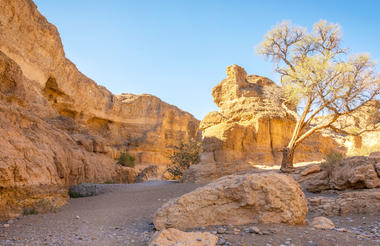
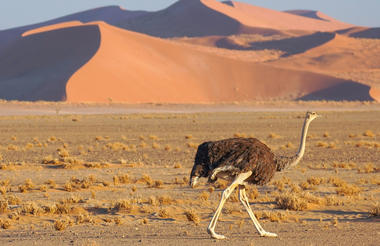
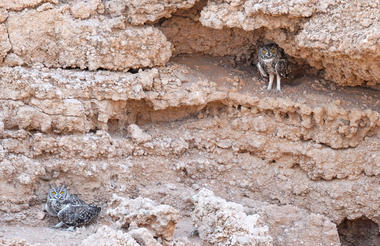
Swakopmund, with its tree-lined avenues, a pleasant climate during the summer and an infinite number of adrenaline-pumping activities available, turns out to be one of the main holiday destinations in Namibia. Its colonial buildings and the morning fog brought by the cold ocean current of the Benguela make it look like a typical German town which, however, inserted in the Namib desert, gives it a very special charm. Walvis Bay is famous for its wetland birds. The greater wetlands area consists of the tidal lagoon, man-made salt pans and an arm of sand that ends at Pelican Point. The Walvis Bay lagoon
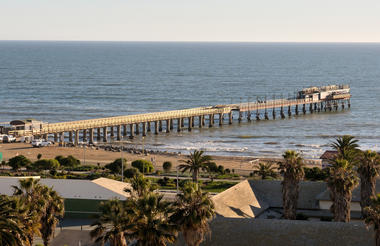
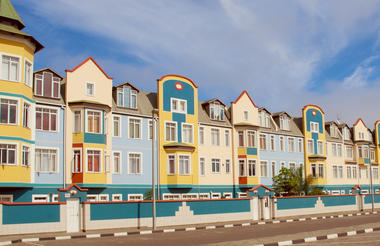
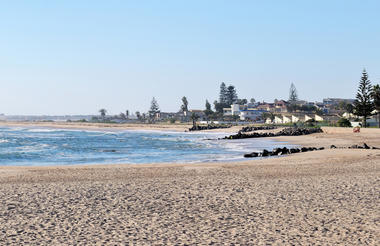
Twyfelfontein is a site of ancient rock engravings in the Kunene Region of north-western Namibia.
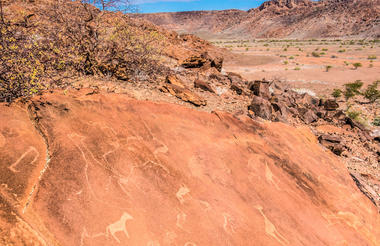
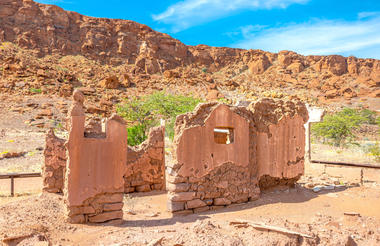
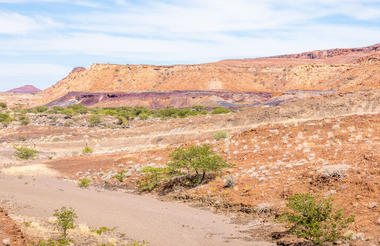
Opuwo, meaning 'the end' in Herero, lies in north western Kunene, surrounded by low-lying hills. The town is a perfect base for visitors wishing to explore the Kaokoland area and visit the itinerant Himba people.
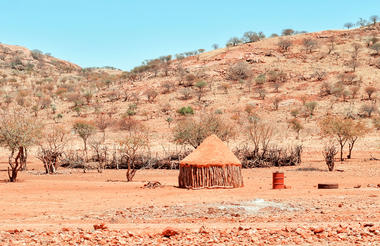
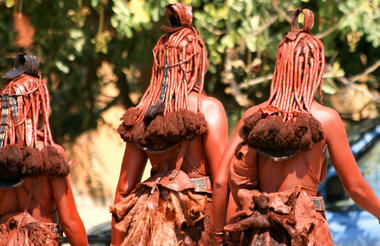
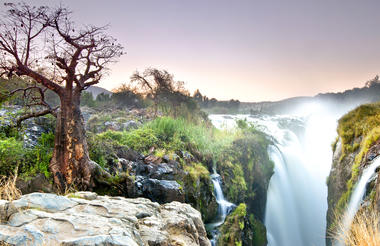
Epupa Falls lies in Namibia’s remote far north, on the Kunene River close to the Angolan border, where desert landscapes give way to a surprising ribbon of water and life. Here, a series of wide, tumbling cascades cut through rugged rock, creating pockets of mist, cool shade and clusters of ancient baobabs. The atmosphere is tranquil yet powerful, with the low thunder of the falls echoing across an otherwise arid valley. Travellers can enjoy gentle walks along the river, meet Himba communities who have long called this region home, or watch the shifting colours of the cliffs at sunset. It’s a place of raw beauty and quiet contrasts, ideal for those seeking nature in its most elemental form.
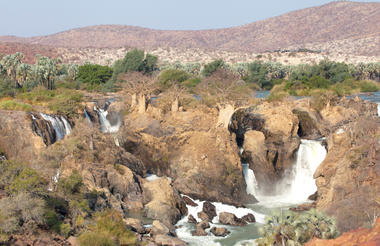
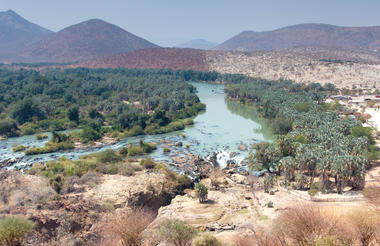
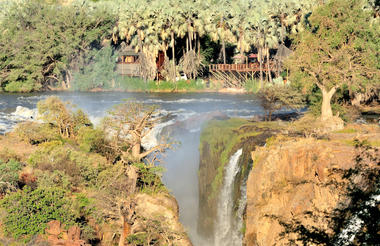
Situated in the western part of Etosha National park, a world-famous wildlife sanctuary in the northwestern part of Namibia, Etosha West is the wilder western region accessed through Galton Gate. Visitors to Etosha West can look forward to exploring the magnificent scenery of this remote north Namibian landscape characterised by lush undulating terrain and a reddish-brown soil, which is a stark contrast to the white dusty clay soil of Etosha East’s flat expansive plains. This area is home to several species not found in the rest of the park: baboons, Mountain Zebra, and Brown Hyena, as well as several unique plants. The area also boasts numerous waterholes attracting elephant, rhino, leopard, lion, a variety of buck, and around 300 bird species.
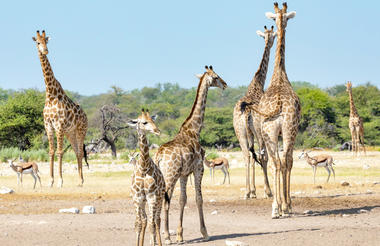
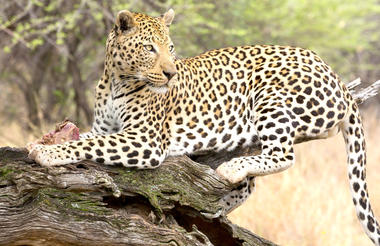
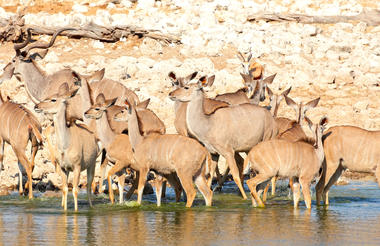
Located just south of the boundary of Etosha National Park in northwestern Namibia, Etosha South makes up the southern region of this wild paradise. The area is comprised of a collection of world class private game reserves. The national park can be accessed via the southern entrance at Andersson’s Gate. Visitors can catch a glimpse of a variety of wildlife including: lion, giraffe, elephant, white and black rhino, and a multitude of plains game. Popular activities include: enjoying an open 4x4 safari with an expert guide, half day or full day drives with the option of a picnic lunch with wine on the full day game drive.
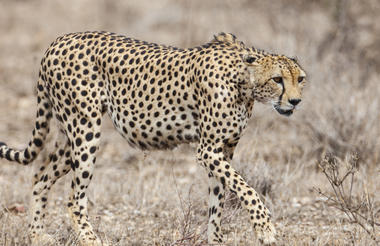
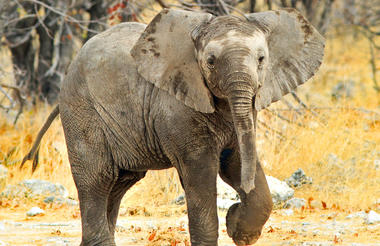
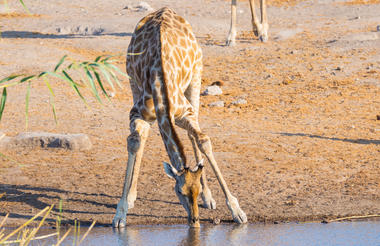
Halfway between Windhoek and Etosha lies the well-known Okonjima Nature Reserve. The 22 000 ha Nature Reserve is surrounded by 96 km of fence and was finally completed in 2010. Okonjima is home to AFRICAT, a Carnivore Conservation, which gives the captive carnivores a second chance to be released back into the wild and to take the time it needs, to become a completely independent hunter - in a protected area right in the middle of commercial farmland! Also in the Reserve is a 2000 ha 'safe' zone around Plains Camp, Bush Camp, Bush Suite, the Omboroko Campsite as well as the PAWS Environmental Education Centre.
